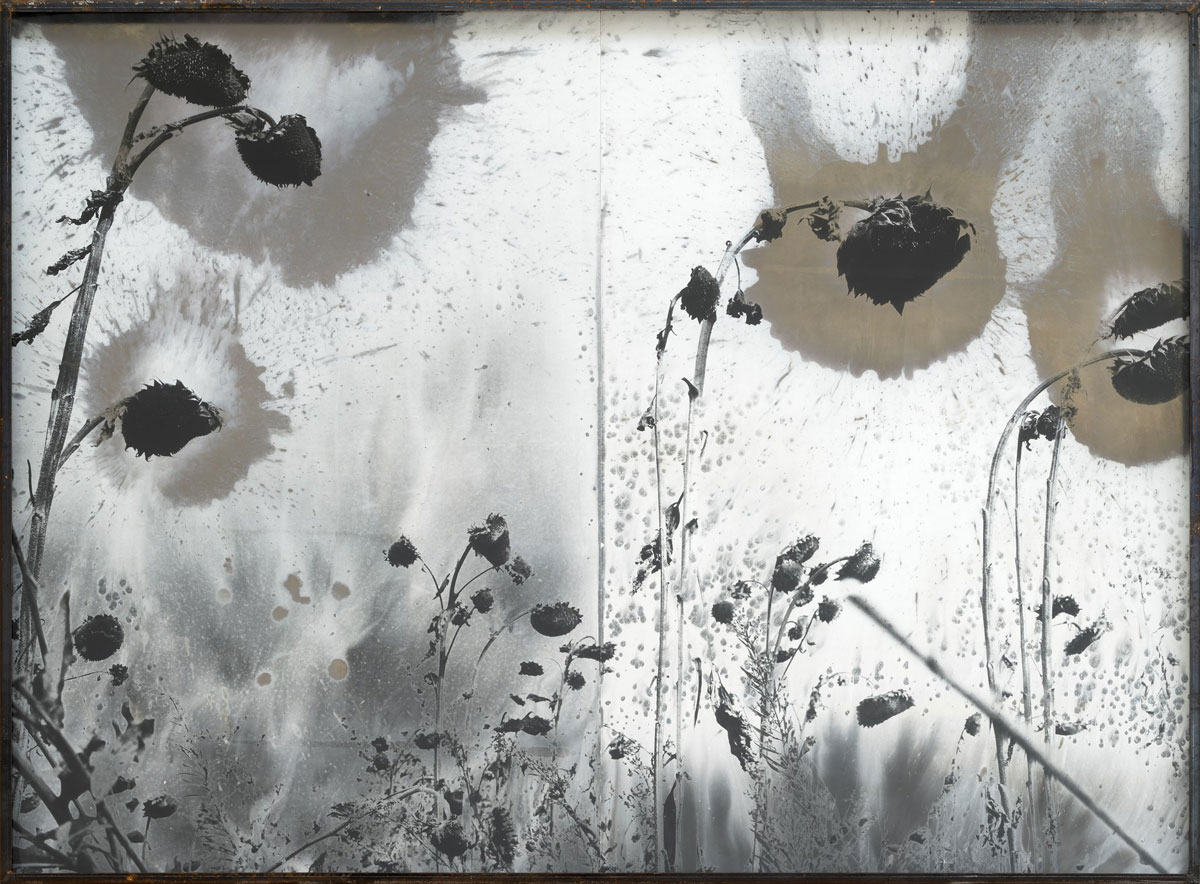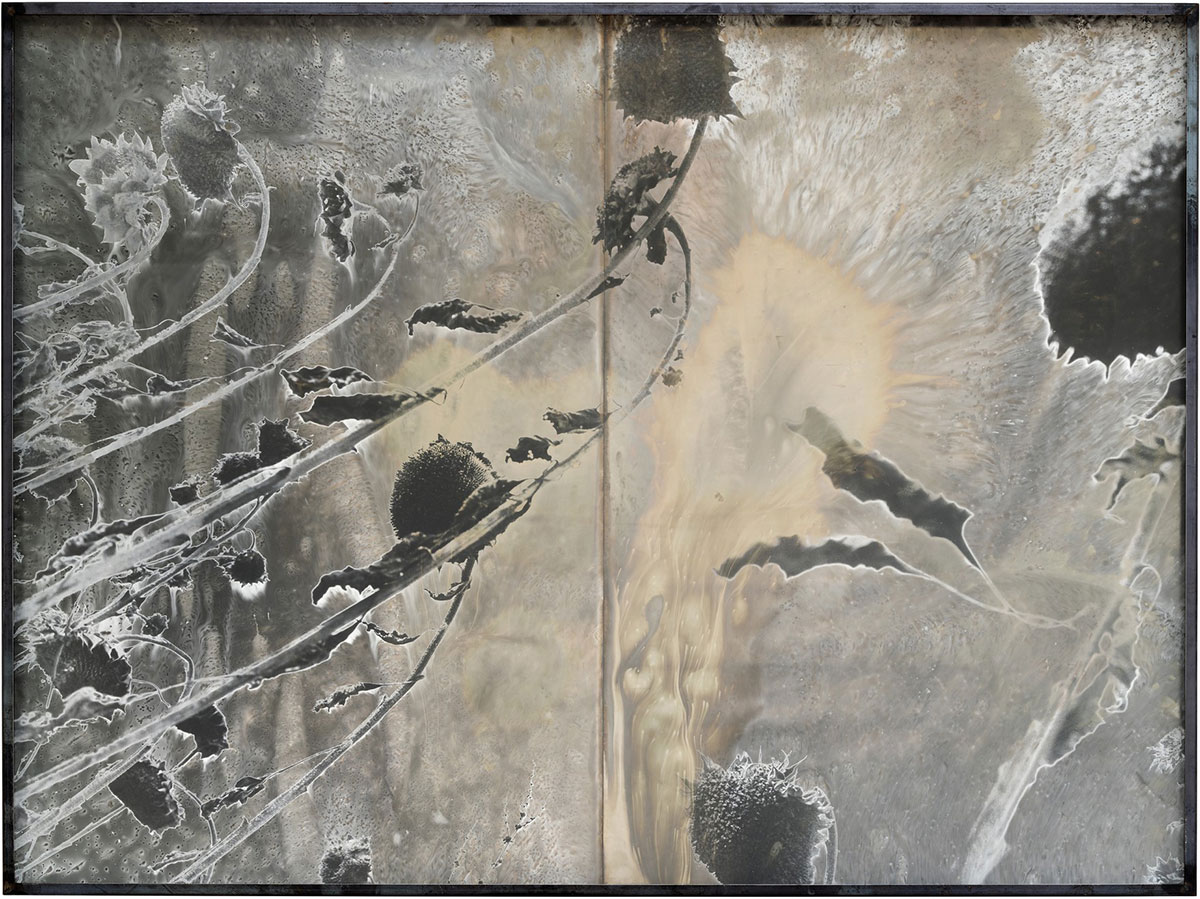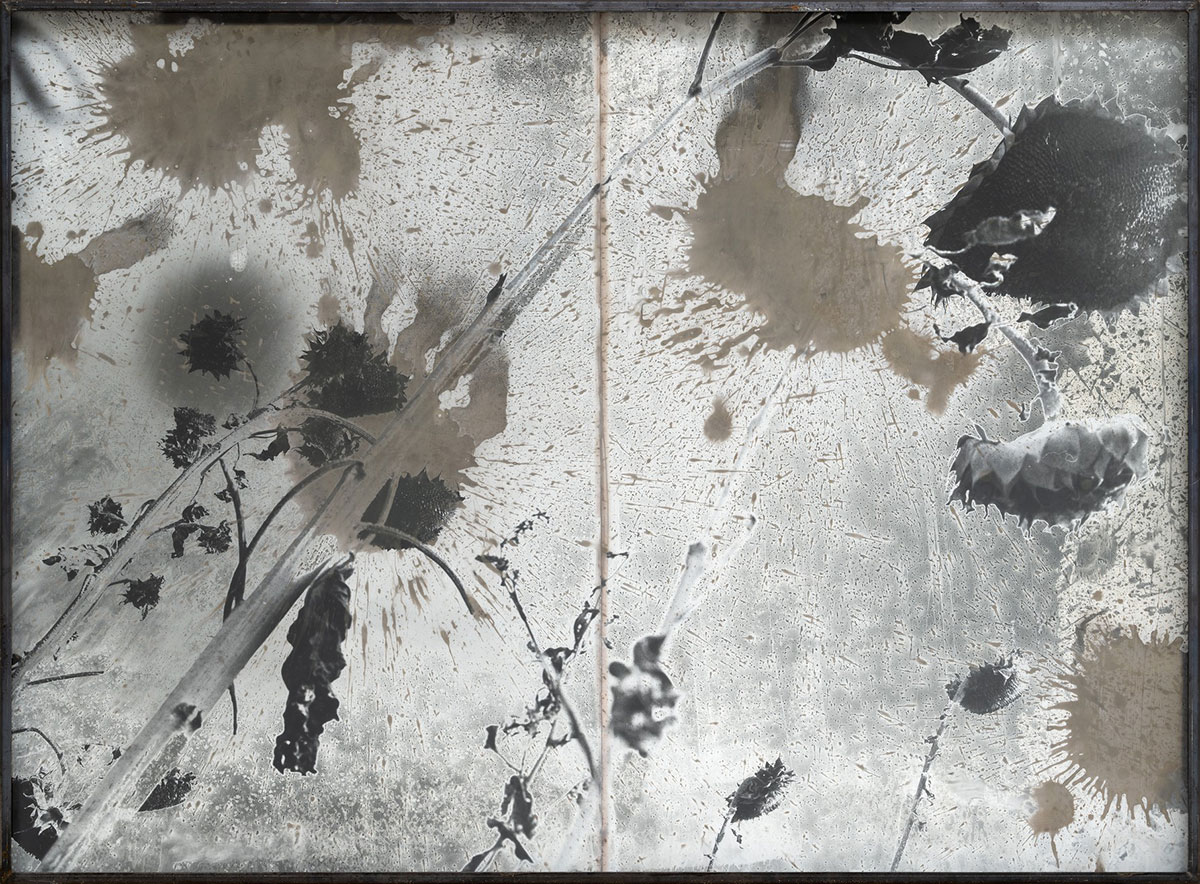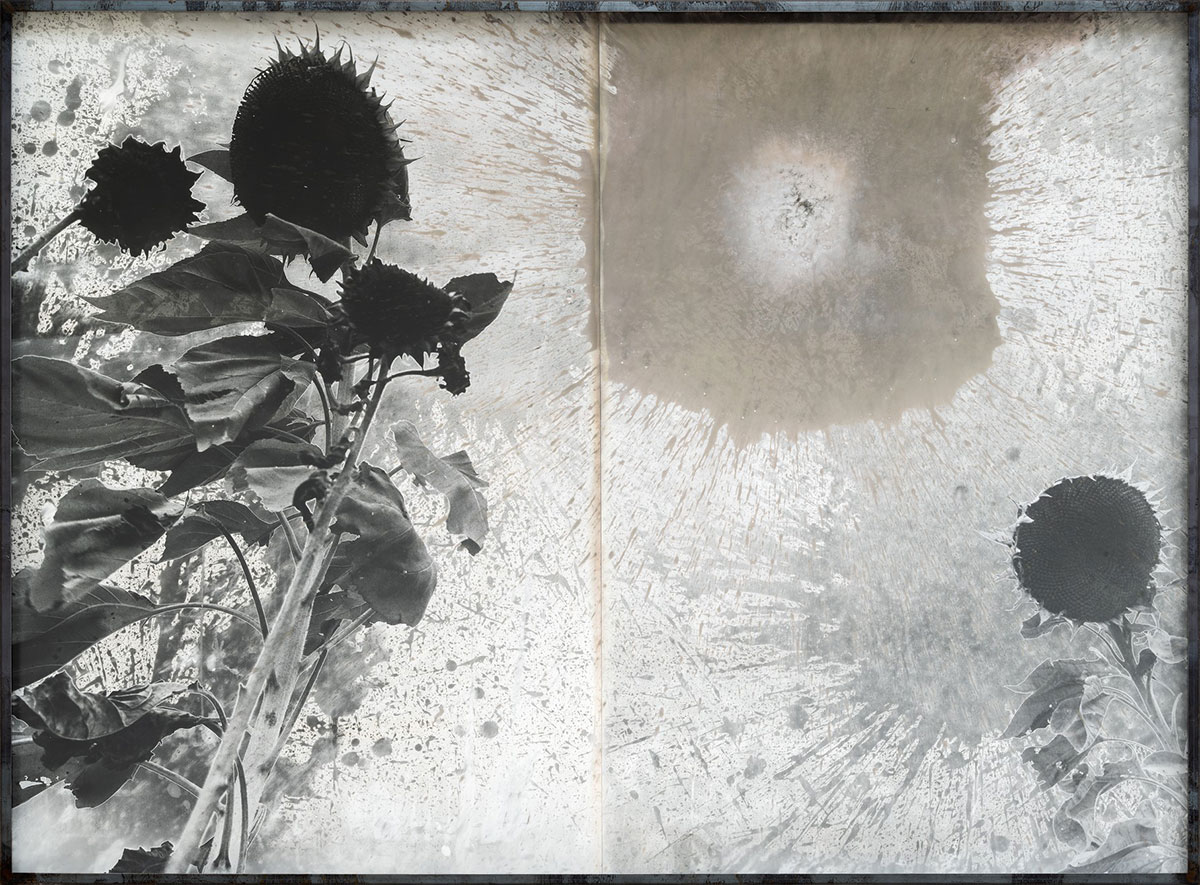ART CITIES: Paris-Anselm Kiefer
 Over the past forty years, Kiefer’s practice has developed through the accumulation, mingling and reworking of themes, motifs and constellations which recur across diverse media. The language of material plays an essential role in his works, which often have a sedimentary geological texture. Highly symbolic connections emerge from lead, concrete, dirt, dried plants, glass, barbed wire and the inclusion of found objects such as books, scythes and model ships.
Over the past forty years, Kiefer’s practice has developed through the accumulation, mingling and reworking of themes, motifs and constellations which recur across diverse media. The language of material plays an essential role in his works, which often have a sedimentary geological texture. Highly symbolic connections emerge from lead, concrete, dirt, dried plants, glass, barbed wire and the inclusion of found objects such as books, scythes and model ships.
By Efi Michalarou
Photo: Gagosian Archive

Anselm Kiefer in his exhibition “For Robert Fludd” presents unexhibited photographs. The importance of photography in the development of Anselm Kiefer’s artistic journey is essential. This is evident from his early works around 1969, which feature photographs of catharsis rituals he undertook while dressed in his father’s uniform, an officer in the Wehrmacht, giving the Nazi salute at various symbolic locations in Italy, Switzerland, and the south of France. Similarly, the hundreds of unique books he creates predominantly utilize photography, whether it’s painted, torn, burned, scribbled on, or stained – it’s somehow incorporated into the artwork. Today, one only needs to enter his studio near Paris to grasp the decisive role of this medium in the artist’s thought process and creative environment. Photography is everywhere in his studio, lined on the walls in steel frames or lying on the floor awaiting intervention. There are also film rolls enclosed in countless lead rolls and images affixed to large metal panels several meters long. Prints are arranged on the tables of a library for use in new books, and reference photos are stapled behind paintings. The exhibition “For Robert Fludd” features steel-framed, black-and-white photographs of sunflowers by Kiefer from his series “Les Fleurs du Mal” (1994–2012), which was titled after Charles Baudelaire’s famed collection of Symbolist poetry. Following artists including Emil Nolde and especially Vincent van Gogh, Kiefer has been drawn repeatedly to the sunflower as a symbol of metamorphosis and regeneration. The exhibition’s dedication to the early modern cosmologist Robert Fludd refers to the connections that Fludd drew between the microcosmic and the macrocosmic, and his belief that every plant on earth has a corresponding star in the sky. The dynamic of “Les Fleurs du Mal” works pair positive, negative, and solarized images of the flowers’ arcing stalks, vigorous leaves, and expansive heads with abstract splatters of photographic emulsion and tinting that echo their imposing vitality and suggest constant cosmic transformation. Jericho (2010–15), a photograph of one of Kiefer’s series of monumental “Die Himmelspaläste” (2003–18) sculptures at La Ribaute, his former studio complex in Barjac, France—now part of his foundation, Eschaton—reinforces the dual themes of growth and destruction.
Photo: Anselm Kiefer, Les Fleurs du Mal (The Flowers of Evil), 1994–2012, Gelatin silver print with silver toner, in steel frame, 55 ½ × 75 ¼ × 4 inches (141 × 191 × 10 cm), © Anselm Kiefer. Photo: Charles Duprat, Courtesy the artist and Gagosian
Info: Gagosian Gallery, 9 rue de Castiglione, Paris, France, Duration: 7/9-12/10/2023, Days & Hours: Tue-Sat 10:30-18:30, https://gagosian.com/



